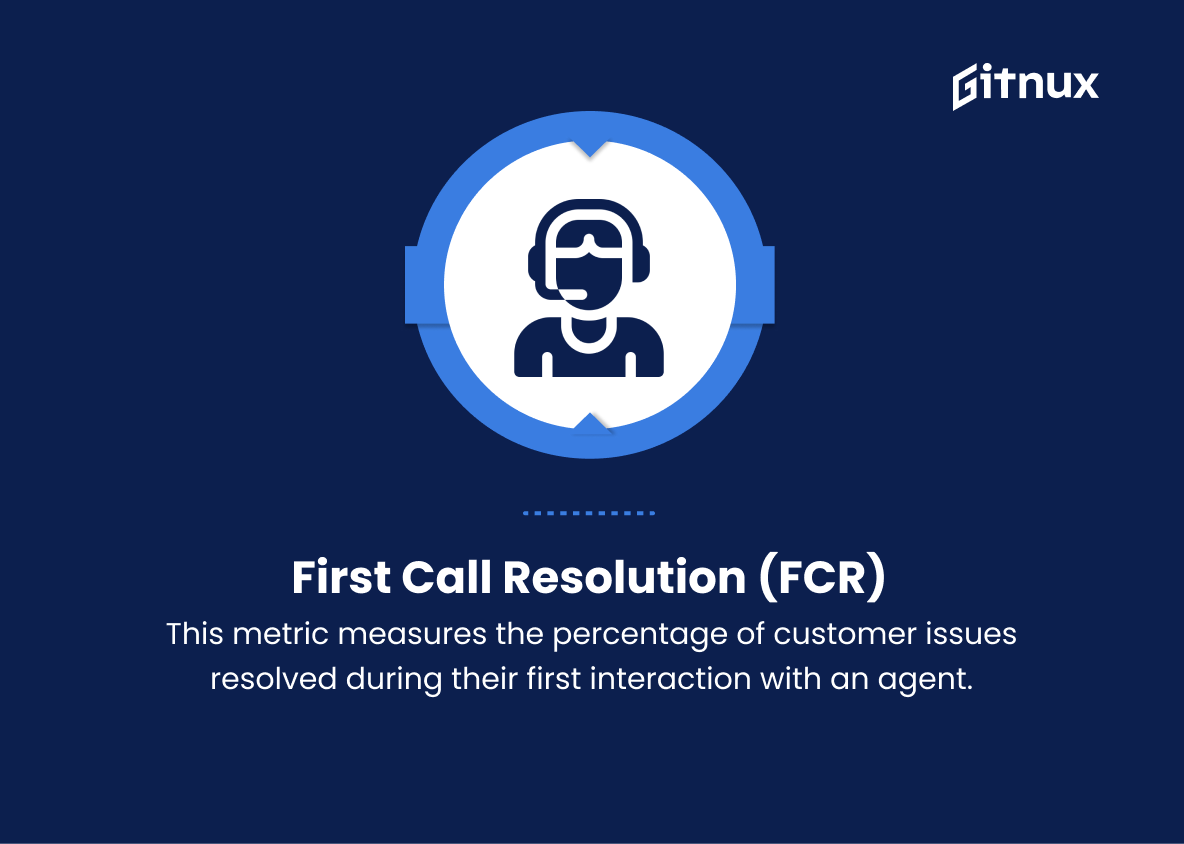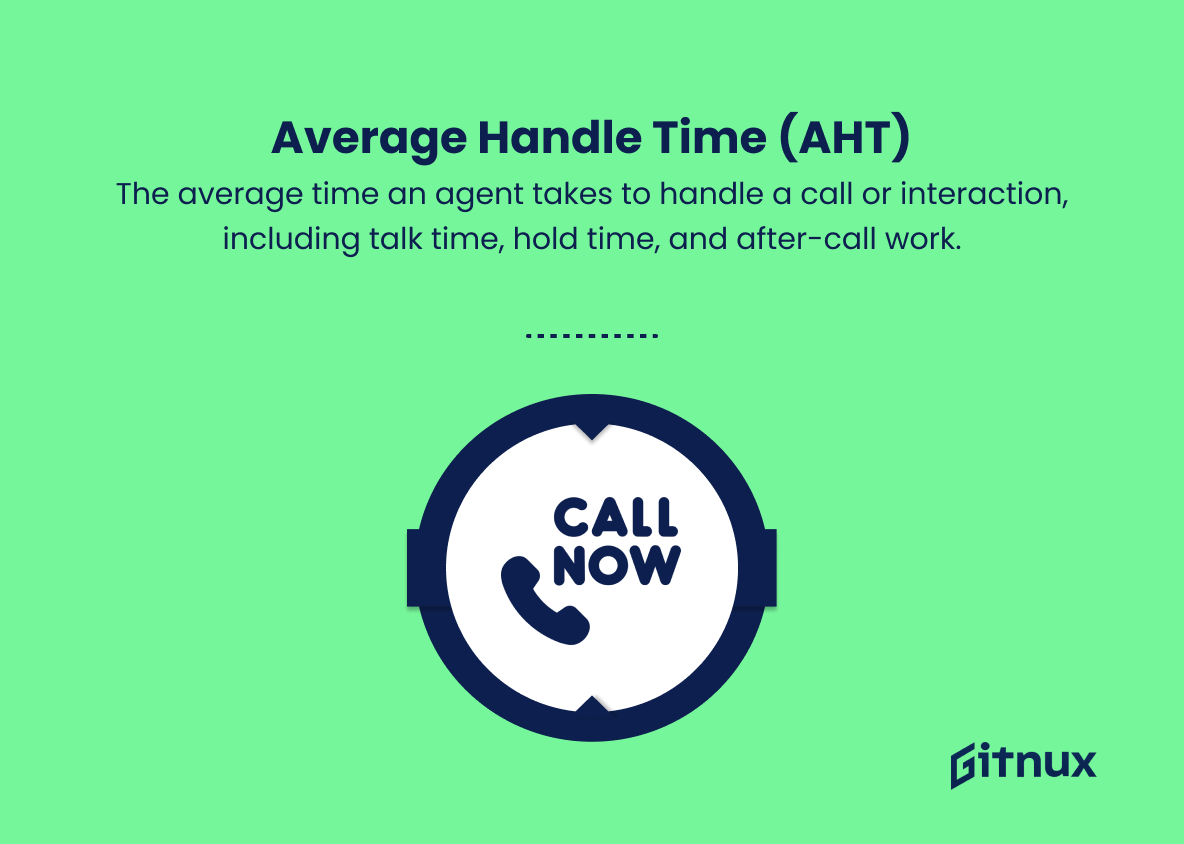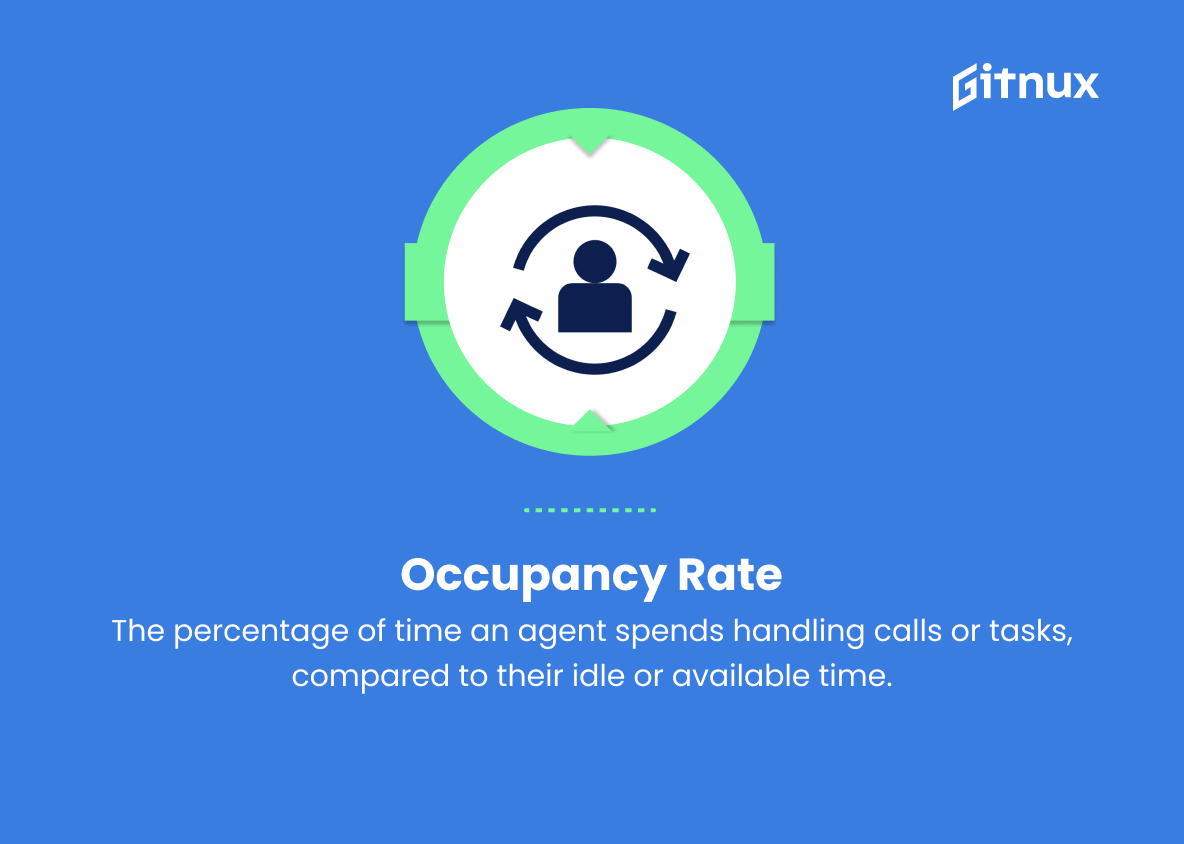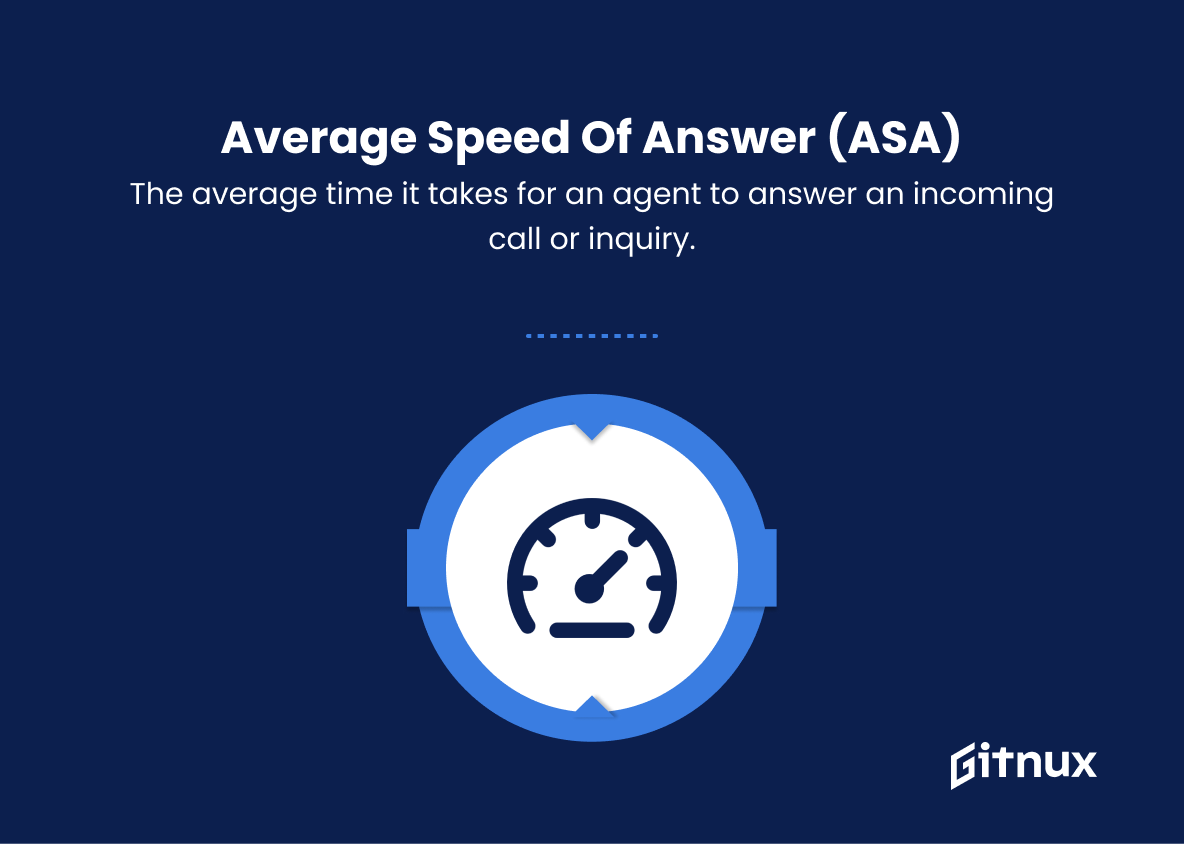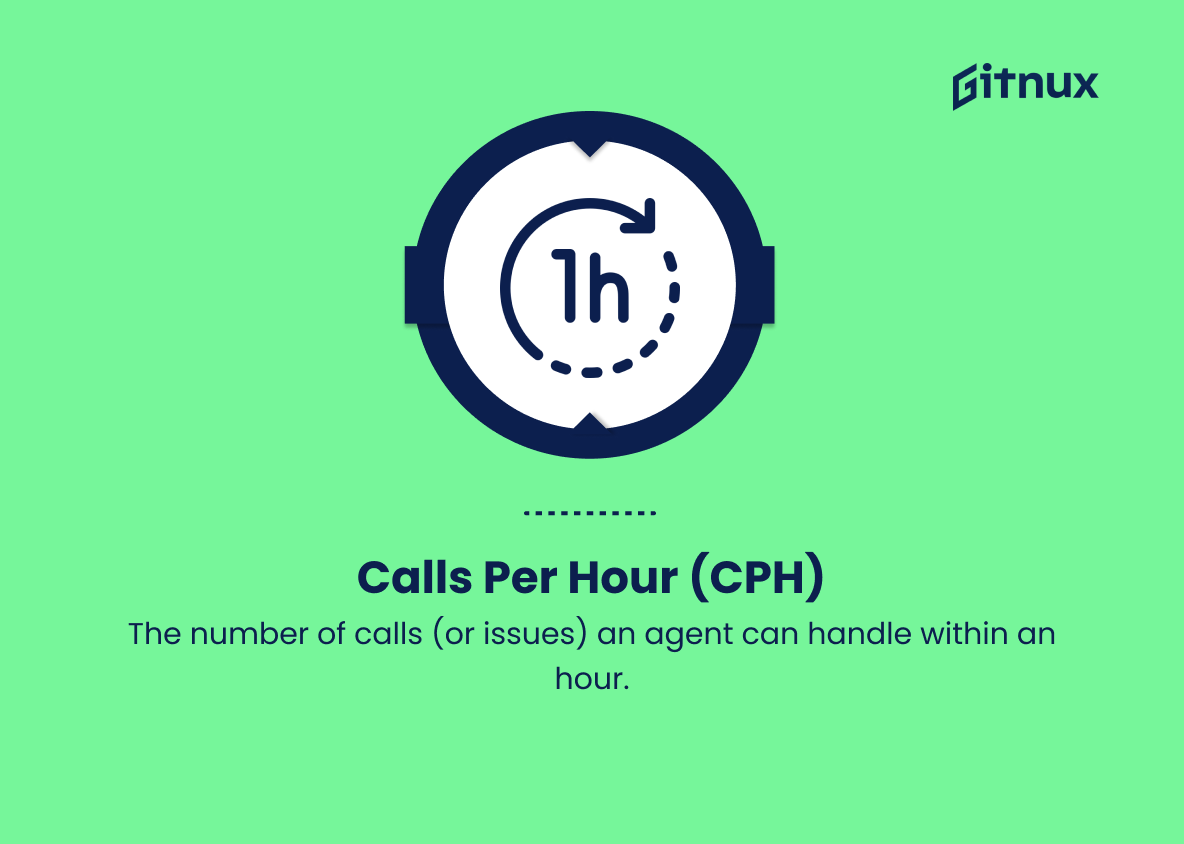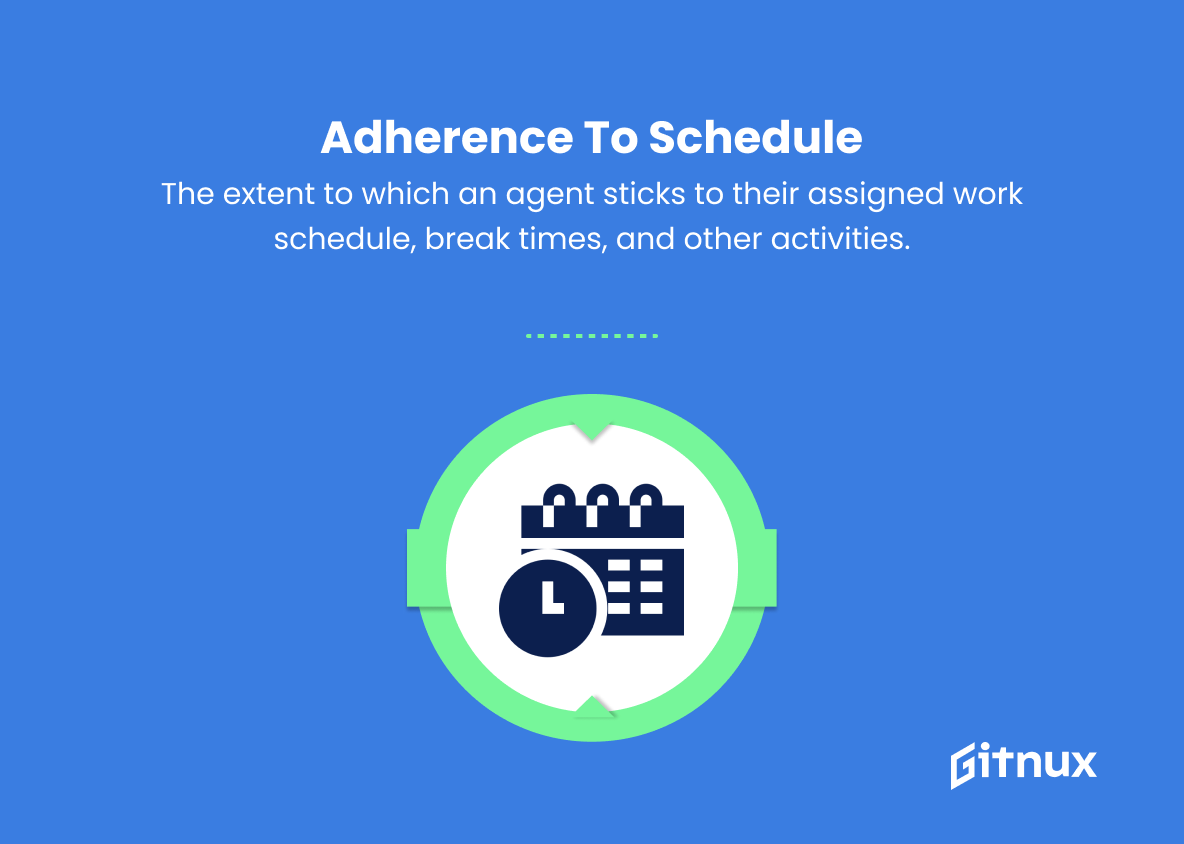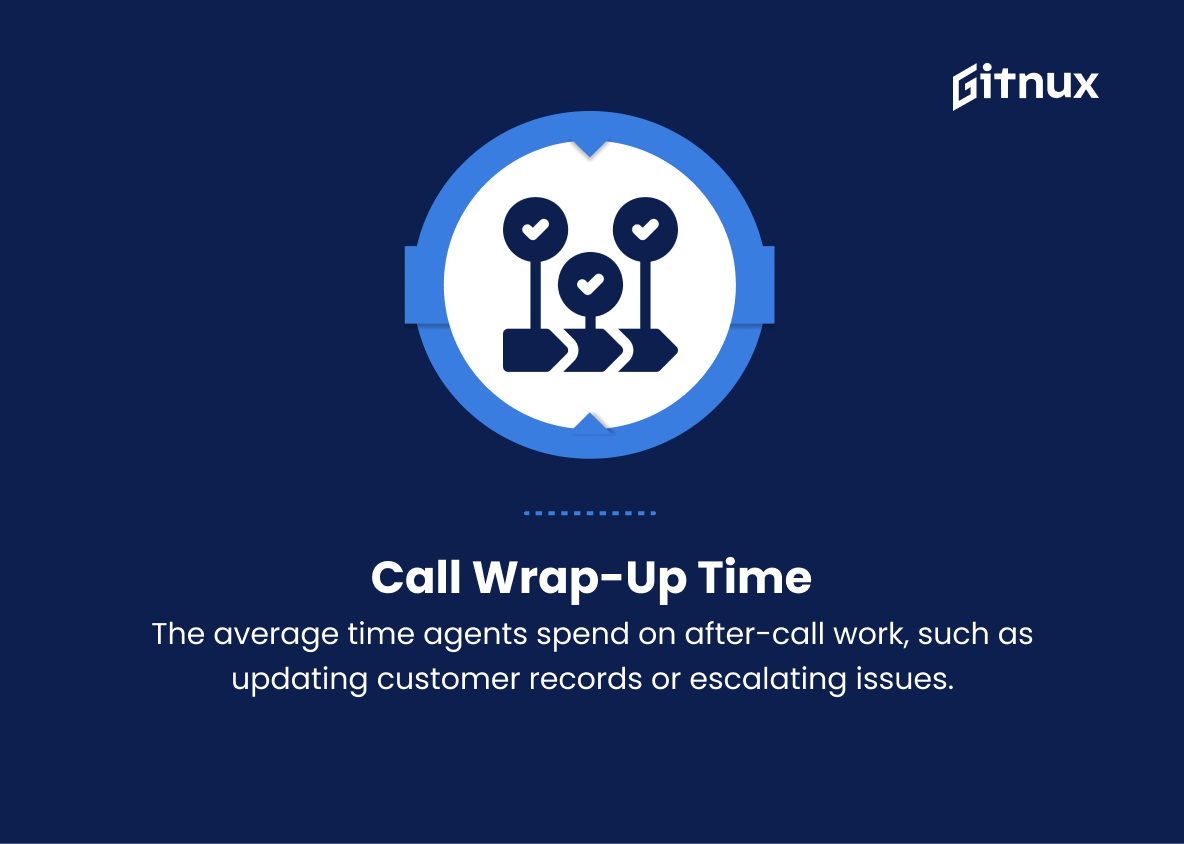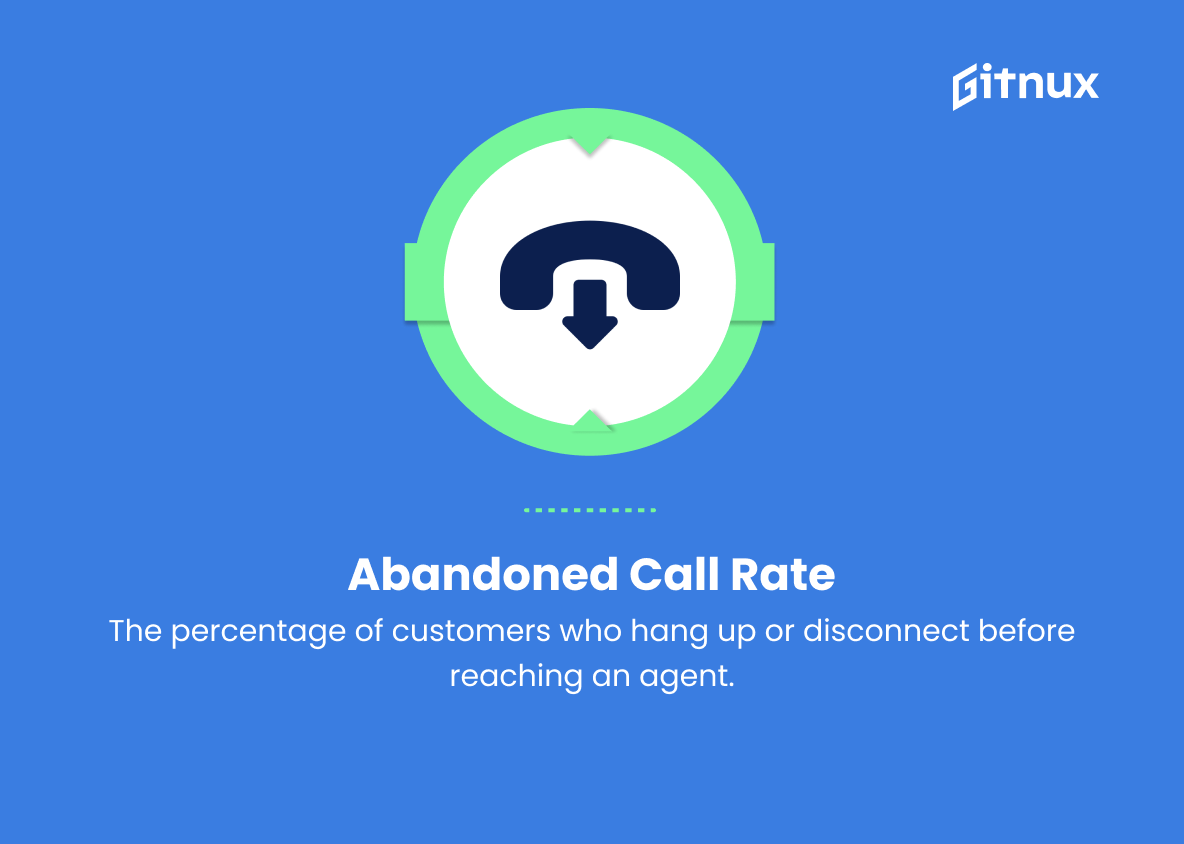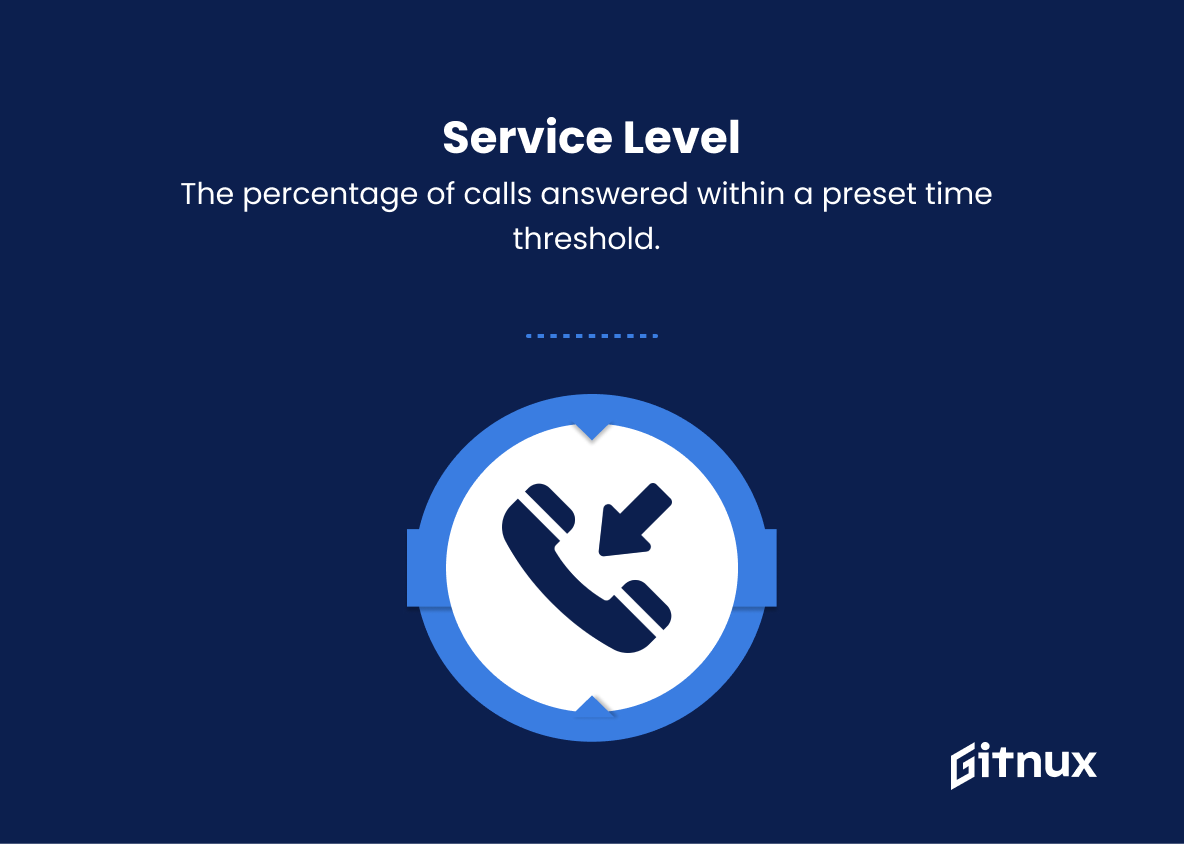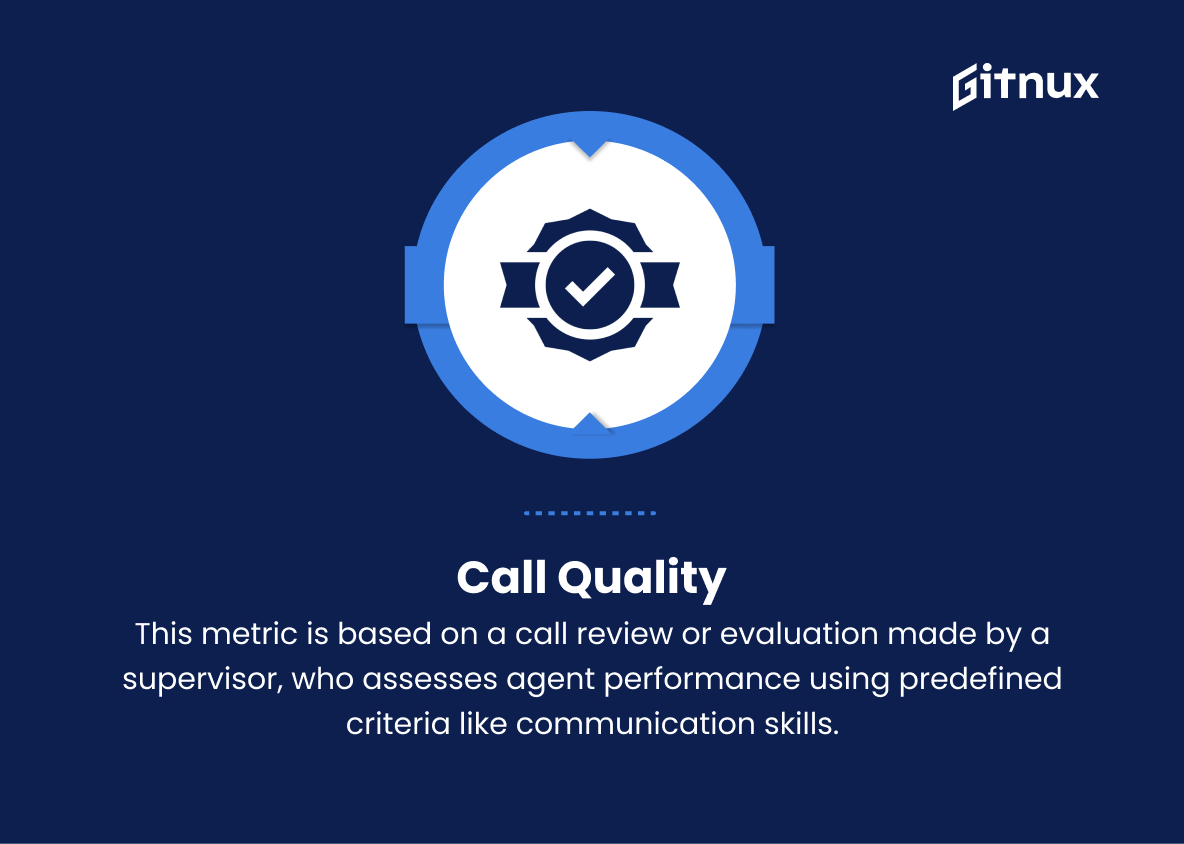In today’s highly competitive business landscape, call centers play an essential role in maintaining customer satisfaction and fostering positive brand experiences. As the frontline of customer engagement, call center agents carry the responsibility of understanding, addressing, and even anticipating the needs of clients. It is no surprise, then, that maximizing the productivity of agents remains a top priority for managers and decision-makers, as it directly impacts a company’s bottom line.
In this blog post, we will explore the most crucial call center agent productivity metrics and how they significantly influence your organization’s overall performance. By analyzing and adopting these key performance indicators, businesses can fine-tune their call center operations, optimize agent efficiency, and enhance customer interactions. So, let’s delve into the world of productivity metrics and unveil strategies for taking your call center to new heights.
Call Center Agent Productivity Metrics You Should Know
1. First Call Resolution (FCR)
This metric measures the percentage of customer issues resolved during their first interaction with an agent, with a higher percentage indicating better efficiency and effectiveness.
2. Average Handle Time (AHT)
The average time an agent takes to handle a call or interaction, including talk time, hold time, and after-call work. Lower AHT usually implies greater agent productivity.
3. Occupancy Rate
The percentage of time an agent spends handling calls or tasks, compared to their idle or available time. A higher occupancy rate implies better utilization of resources.
4. Average Speed of Answer (ASA)
The average time it takes for an agent to answer an incoming call or inquiry. Shorter ASA means quicker customer assistance and higher agent responsiveness.
5. Calls per Hour (CPH)
The number of calls (or issues) an agent can handle within an hour. More calls per hour signify greater agent output.
6. Adherence to Schedule
The extent to which an agent sticks to their assigned work schedule, break times, and other activities. Better adherence implies the agent is managing their time effectively.
7. Call Wrap-up Time
The average time agents spend on after-call work, such as updating customer records or escalating issues. Reducing wrap-up time enhances agent productivity.
8. Customer Satisfaction (CSAT)
A qualitative measure that gauges customer feedback regarding their interaction with an agent. Higher CSAT scores indicate better agent performance and effectiveness.
9. Abandoned Call Rate
The percentage of customers who hang up or disconnect before reaching an agent. Reducing this rate means more efficient call center operations.
10. Service Level
The percentage of calls answered within a preset time threshold. Higher service levels mean better agent responsiveness and customer experience.
11. Transfer Rate
The percentage of calls transferred or escalated from one agent to another due to lack of resolution. Lower transfer rates suggest better first-contact problem-solving and time management.
12. Cross-Sell / Upsell Rate
The rate at which agents can sell complementary products or services to customers during their interactions. Higher cross-sell/upsell rates signify efficient agents capable of capitalizing on sales opportunities.
13. Call Quality
This metric is based on a call review or evaluation made by a supervisor, who assesses agent performance using predefined criteria like communication skills, adherence to protocols, and issue resolution. Higher call quality means more effective agents.
14. Agent Attrition Rate
The rate at which agents leave the company, voluntarily or involuntarily. Lower attrition rates suggest better agent performance and commitment, reducing hiring and training costs in the long run.
Call Center Agent Productivity Metrics Explained
Call center agent productivity metrics play a crucial role in assessing the effectiveness, efficiency, and overall performance of agents in handling customer interactions. Metrics such as First Call Resolution (FCR), Average Handle Time (AHT), and Occupancy Rate are valuable indicators of agent effectiveness, issue resolution, and resource utilization. Simultaneously, metrics like Average Speed of Answer (ASA), Customer Satisfaction (CSAT), and Service Level help measure agent responsiveness, customer experience, and call center operations.
By monitoring Transfer Rate, Call Wrap-up Time, and Abandoned Call Rate, managers can gauge first-contact problem-solving capabilities, time management, and operational efficiency. Furthermore, Cross-Sell/Upsell Rates, Call Quality, and Agent Attrition Rate assist in understanding an agent’s sales potential, communication skills, and overall commitment to the company. Keeping track of these metrics enables businesses to optimize performance, reduce costs, and improve customer satisfaction.
Conclusion
In conclusion, understanding and effectively utilizing Call Center Agent Productivity Metrics is not only essential for evaluating agent performance, but also for creating a seamless customer experience, efficiently managing resources, and driving continuous improvement in your call center. By focusing on critical metrics such as Call Handle Time, First Call Resolution, Customer Satisfaction, and Occupancy Rates, managers can identify areas that need improvement, while also recognizing the strengths and achievements of their team.
Regularly monitoring and analyzing these metrics fosters an environment of accountability and growth, ultimately leading to better overall business results. Furthermore, incorporating ongoing agent training, coaching, and feedback can successfully drive agent engagement and motivation. Prioritizing productivity metrics in call centers ensures a high-performing, customer-centric organization that consistently meets or exceeds both company and customer expectations.
